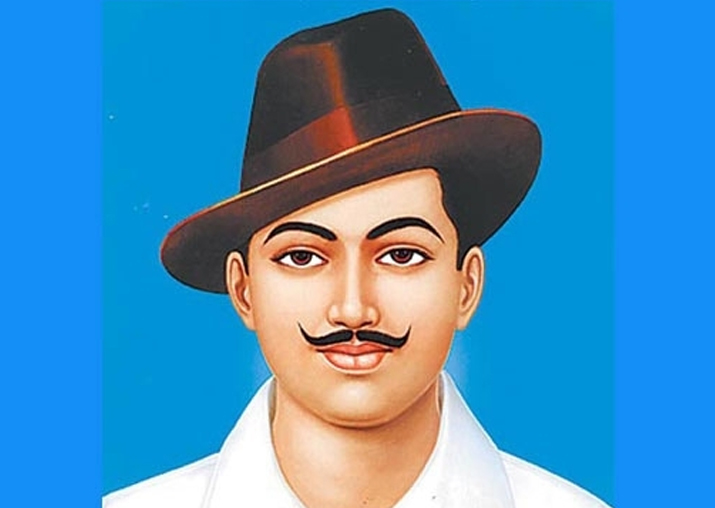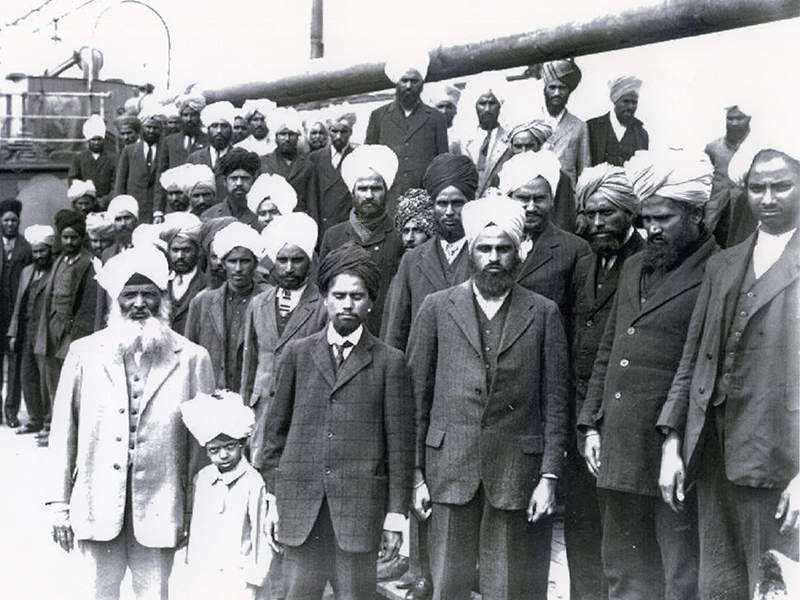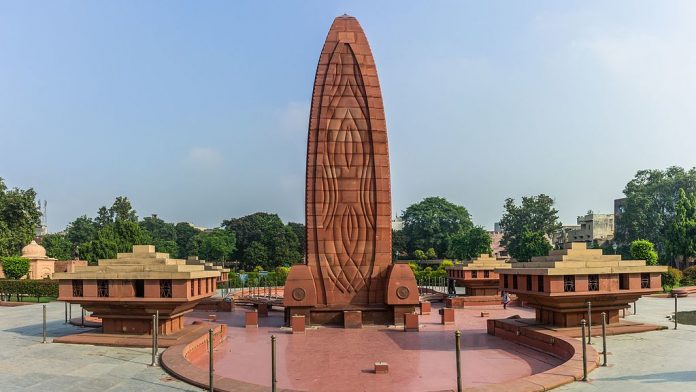After the annexation of Punjab by the Britishers by unfair means, the position of the Sikhs started weakening. The British knew that They were valorous people and so recruited them in large numbers in their army. By doing so, they made them their employees, attracted them by granting lands and awards, but established their own control on Gurdwaras by appointing non-Sikh as their representatives. The British introduced non-Sikh system, culture and values in their religious practices with a view to keep them away from the true concepts of their religion and also from the mainstream battle of independence which the people of India were fighting against them. They used them to fight for them in the two World wars and also the immortal unequal battle of Saragarhi,wherein twenty one Sikhs of the 4rth battalion (then 36 th Sikhs) fought for them against 10000 afghan tribesmen They fought this heroic battle on12 th September 1897 and won it, though all of them became martyrs.British parliament had given standing ovation for the brave Sikhs who were all honoured with Victoria Cross. Since then this battle has been commemorated year after year in many ways. They have been remembered by a chapter in history books in Europe,two gurdwaras and memoritals constructed in their memory, and a series and films made on them.. However, despite their loyalty towards the Britishers as soldiers, the Sikhs could not forget the way they were treated by depriving them of their kingdom, and as such some of them at some places at one or the other point of time continued their struggle for independence. Bhai Bir Singh of Naurangabad had made his center as a center of revolt against them. Bhai Maharaj Singh raised his voice against them for which he was exiled to the penal colony of Singapore. Even after reaching Singapore on June 9, 1850, Bhai Maharaj Singh remained a source of revolutionary spirit among the Sikhs who continued fighting for their rights. The British did not care about his deteriorating health and kept him locked up in Jail under harsh and unhealthy circumstances. The great revolutionary and an arch-enemy of the British died, away from his country and became a martyr. In his memory stands now a Gurudwara at Silat Road in Singapore. When General Dyer ordered firing at the people gathered at Jallianwala Bagh at Amritsar on April1 3th 1 919, Vaisakhi day, majority of the people killed (379 as per the report ) and injured ( around 1000 ) were Sikhs. This massacre not only stimulated the freedom movement ,but also brought GandhiJi into limelight. When The Independence movement progressed in various parts of the country, the Sikhs became its integral part. Whether it was Kookas under Baba Ram Singh or Babbar Akalis or the Gadar Party activists like Baba Sohan Singh Bhakna, Bhai Kesar Singh, Bhai Harnam Singh etc., they were all Sikhs, which the British considered as the enemies of the British Government. Similarly when the Komagata Maru ship carried the passengers to Canada and then came back In India most of its passengers were Sikhs. Indian leaders like Bal Gangadhar Tilak, Lala Lajpat Rai and Mahatma Gandhi condemned the British and the Canadians for their treatment with the passengers of this ship. The Canadian Authorities had even rejected the request made by Baba Gurdit Singh for the supply of provisions. The ship was fired as a result of which a number of passengers were wounded. Although the movement failed at that time, the patriotic spirit shown by Baba Gurdit Singh and his companions proved a contributory factor for shaking the very foundation of the British Raj. When the Canadian Prime Minister Justine Trudu, apologized for the action of the Canadian Government against Komagata Maru passengers 100 years ago, a tribute of the highest order was paid to those great patriots. In addition to the great movements mentioned above, there were certain Sikh leaders without whose mention; the story of Freedom struggle cannot be narrated. They include S. Kartar Singh Sarabha, Shaheed Udham Singh( who went to U K and killed Michael O’ Dwyer for which he was hanged on 31 st. July 1940 )and S. Bhagat Singh who was hanged along with his companions Sukhdev and Rajguru


